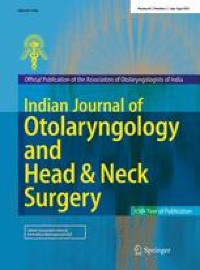Objectives/Hypothesis
This study investigated the impacts of air pollution and meteorological factors on the occurrence of epiglottitis.
Study Design
A nested case‐control study.
Methods
Participants ≥40 years old in the Korean National Health Insurance Service‐Health Screening Cohort were analyzed. A total of 2,615 epiglottitis patients and 10,460 matched control participants were analyzed. The odds ratios (ORs) for epiglottitis associated with meteorological and air pollution factors, including sulfur dioxide (SO2, ppb), nitrogen dioxide (NO2, ppb), ozone (O3, ppb), and carbon monoxide (CO, ppm), after 3, 7, 15, and 30 days of exposure were analyzed using conditional logistic regression adjusted for total cholesterol, blood pressure, fasting blood glucose, obesity, smoking, alcohol consumption, prior upper respiratory infection, tonsillectomy, immunocompromise, autoimmune disease, and the Charlson comorbidity index.
Results
The daily temperature range and NO2 exposure after 3 days were associated with increased rates of epiglottitis (OR = 1.03, 95% confidence interval [CI] = 1.02–1.05 for temperature range and OR = 1.78, 95% CI = 1.14–2.77 for NO2, respectively). These results were generally consistent at 7, 15, and 30 days.
Conclusions
The temperature range and NO2 exposure for 3, 7, 15, and 30 days were positively related to the occurrence of adult epiglottitis.
Level of Evidence
3 Laryngoscope, 2021






